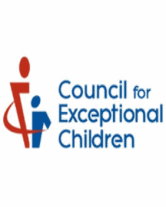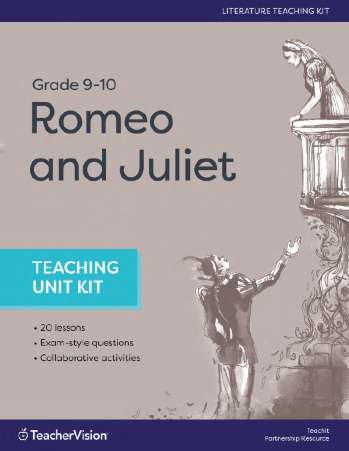A composite list of typical characteristics describing a learning disabled/gifted student.
The Crossover Profile
The following is a composite of the crossover child. Recognizing that no one child will fit the complete list, the composite consists of both gifted and learning disabled characteristics:
Like other gifted children, the typical crossover child:- Intellectually approaches or reaches the gifted range (120-130+ verbal comprehension and/or perceptual organization using Wechsler scores).
- Has more interest and ability in pursuing broadbased, thematic topics than in remembering and dealing with details.
- Is somewhat more of an intuitive dreamer than a practically oriented thinker.
- Exhibits a sophisticated sense of humor.
- Visualizes well and does well in areas requiring this ability such as:
- math
- geometry
- art
- Is highly sensitive and bases decisions on personal feeling and human need rather than on logic.
- Has a high "readiness to learn" and a great interest in learning when topics are presented in a challenging manner.
- Has an uneven intellectual pattern on the Wechsler intelligence tests with verbal comprehension and/or perceptual organization.
- Has an uneven academic pattern with strengths most likely in mathematics or content areas and weaknesses in the language arts areas.
- Has written language difficulties including:
- poor handwriting
- poor mechanics
- difficulty in organizing content
- Needs remediation for skills deficits.
- Is distractible in large groups and has difficulty in completing work because of that distractibility.
- Has difficulty in organizing time and materials often resulting in:
- forgotten homework
- incomplete homework
- the need for excessive completion time
- Needs medical monitoring because he or she may benefit from medication and/or behavioral intervention for ADHD.
- Needs more time to process language and respond than would be expected of someone with high intellectual capabilities.
- Lacks some social skills and common sense decision-making ability.
- Sometimes exhibits visual or auditory perceptual deficits or unusual visual sensitivity to light.
- Is less successful when confronted with input from multiple sources or with tasks that require the integration of multiple skills.














